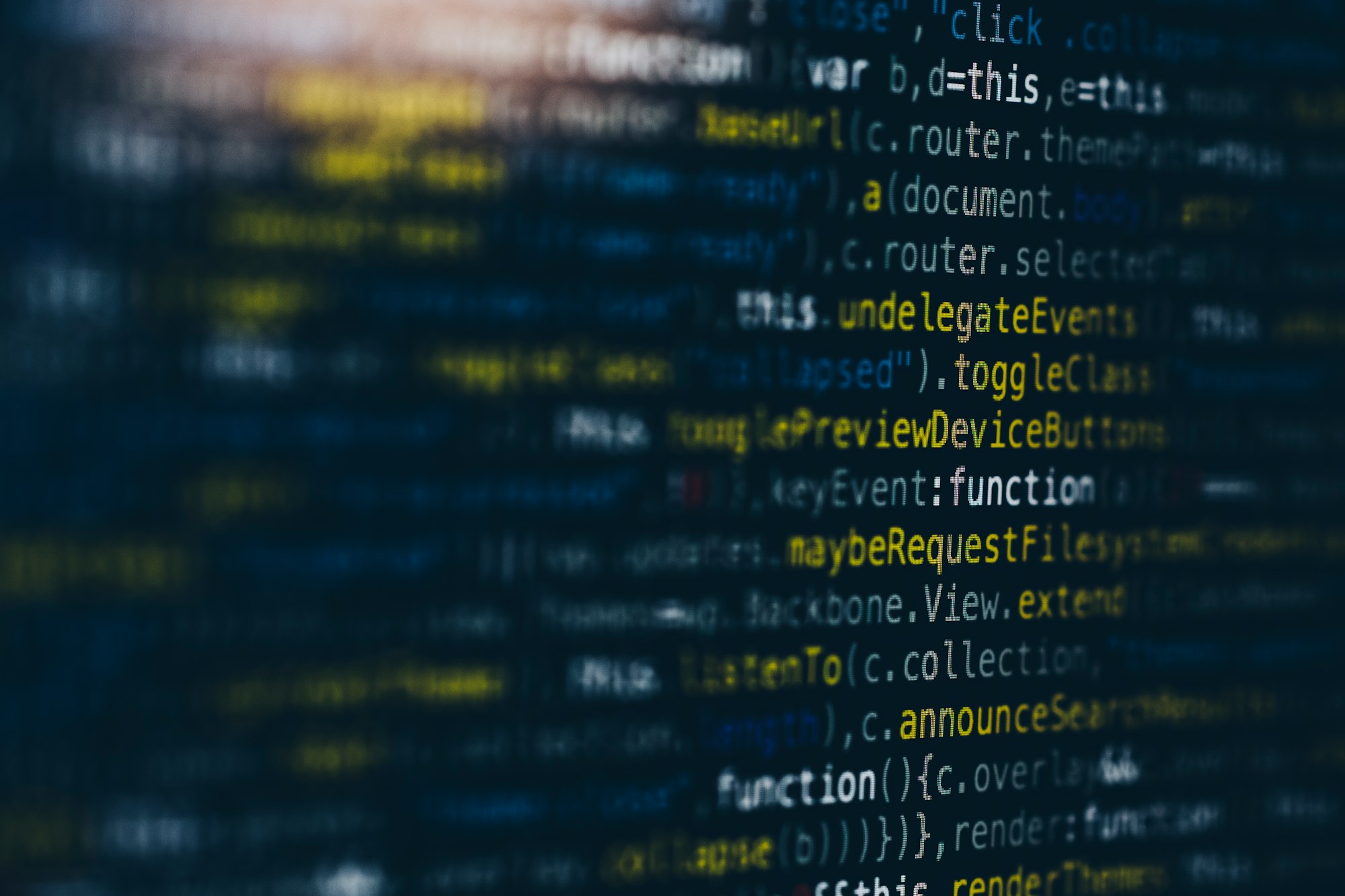2019-09-16
Run multiple Docker containers explained step by step
After Part 1, where we were Running a single docker container explained step by step, we’re now in Part 2: We are running multiple containers side by side.

Prerequisites
Again, make sure you installed “Docker Desktop” and you have the Docker Daemon running. Then open a PowerShell on Windows, a Terminal on Mac/Linux and follow along! This is fun.
Docker Run Video Walkthrough
You can also follow along in this video, if you prefer. You can also get this as a full Docker Video QuickStart Course
Step by Step Docker Run Tutorial
This shows the difference between containers and images. We will create two containers (linux1 and linux2) based on the same image (ubuntu)
docker run -it -d --rm --name linux1 ubuntu /bin/bash
 The screenshot shows that a container was started in the background. The ID is 9d82766…
This creates container “linux1”.
The screenshot shows that a container was started in the background. The ID is 9d82766…
This creates container “linux1”.
-
-d starts the container as “detached”. Use “docker attach” to attach to it later on.
-
— rm cleans up the container after stopping. The container will be removed, basically the same as “docker rm container_identifier” after stopping the container. So everything is kept tidy.
-
— name will give the container a dedicated name, which makes it easier to address the container later on.
docker run -it -d --rm --name linux2 ubuntu /bin/bash
 Now we started a second container, named “linux2”, ID 7423475..
Creates container “linux2”
Now we started a second container, named “linux2”, ID 7423475..
Creates container “linux2”
docker attach linux1
Attaches to container linux1
ls
 Attached to “linux1” container. Listing the file system.
This lists the file system on linux1.
Attached to “linux1” container. Listing the file system.
This lists the file system on linux1.
mkdir mylinux1
Creates a new directory on container linux1
ls
shows that “mylinux1” was created
 Now open a second PowerShell Window (or Terminal on a Mac) and run in the second PowerShell Window (CLI2):
Now open a second PowerShell Window (or Terminal on a Mac) and run in the second PowerShell Window (CLI2):
CLI2: docker attach linux2
Attaches to container linux2
CLI2: ls
 Two PowerShell windows. PowerShell window 1 is connected to linux1, PowerShell Windows 2 is connected to linux2. They are different.
Shows that the directory of linux2 is different than linux1, although they are both from the same image “ubuntu”
Two PowerShell windows. PowerShell window 1 is connected to linux1, PowerShell Windows 2 is connected to linux2. They are different.
Shows that the directory of linux2 is different than linux1, although they are both from the same image “ubuntu”
-
They are separated, they don’t share their file-system
-
The bash process is isolated in the container
CLI2: exit
This will exit the bash and also remove the container because of the — rm command
CLI2: docker ps -a
Shows only one container which is running, the other one got removed
 Shows that exiting the container also removes the container
CLI1: exit
Shows that exiting the container also removes the container
CLI1: exit
Exits the only running container linux1 and deletes the container
docker ps -a
Shows nothing anymore
 Shows that no container is in the container-list anymore
In the next part you are going to apply Docker Volumes step by step.
Shows that no container is in the container-list anymore
In the next part you are going to apply Docker Volumes step by step.
Heads-Up: If you like this, then also check out the video course Understanding Docker and Docker-Compose — 100% Hands-On**. **It’s a 2.5h Quickstart into Docker. If you want more, then checkout my blog where I have tons of Beginner Tutorials about about Blockchain, Solidity, Ethereum, Docker and other Technical Topics.